Orange County in the valley region of western Costa Rica | the flavor of Velassa strange species treated by Yellow Honey of Infinite Manor

Professional coffee knowledge exchange more coffee bean information please follow the coffee workshop (Wechat official account cafe_style)
Orange County in the valley region of western Costa Rica? infinite Manor Yellow Honey to deal with the flavor of Valassa strange species?
The Unlimited Manor was founded by Jos é Jaime C á rdenas Rojas and two sisters of the family, Maribel Barrantes Z ú ñ iga and Kattia Barrantes Z ú ñ iga, who raised money seven years ago to set up a micro-washing plant that operates normally and handles only the coffee harvested by their own family. The manor was founded in 2005, for them, this treatment field is not a small investment, so why set up? Jose's explanation is: if you want to pay attention to the quality of coffee, you must give full consideration to it, from the beginning of harvest to the completion of processing and grading, and the whole process is related to quality! If you just send the harvested cherries to the cooperative for help, you will not be able to do what you want during the peak harvest season! Therefore, in order to produce high-quality coffee, he found family members to build this micro-processing plant, and named it: infinite Manor! Infinite Manor is located in the Orange County producing area in the western valley.
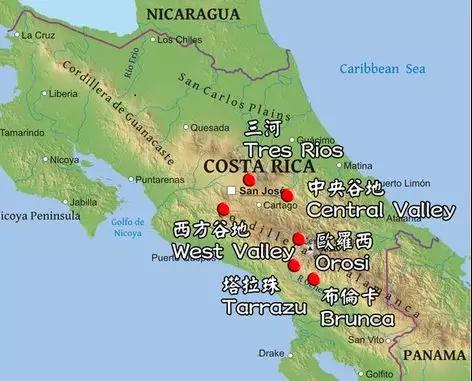
The Unlimited Manor was founded in 2005 by Jos é Jaime C á rdenas Rojas and two sisters of the family, Maribel Barrantes Z ú ñ iga and Kattia Barrantes Z ú ñ iga, who raised money to set up a micro-washing factory seven years ago and only deal with the coffee harvested by their own family.
After taking over all the post-harvest processing and carefully controlling each stage, the Unlimited Manor won the 13th place in the first Costa Rica CoE National Competition in 2007. During the rematch judges, I paid considerable attention to this sample, thinking that she should actually have the strength of Top 10. Of course, after announcing the award list, I was very excited to find that she was the manor we had already purchased. Sure enough, the ranking of Unlimited Manor rose sharply in the 2008 Outstanding Cup Competition, and won the runner-up in the National Competition!
Usually before the award ceremony of the excellent Cup, the shortlisted coffee farmers are invited to talk with the international judges. Since the samples of Infinite Manor were tested in 2006, the farmers talked a lot with Jose after the competition in 2007. He also joked that if you win the prize, you will earn it, because it belongs to the same harvest.

Costa Rica is the country where coffee was first introduced into Central America and has a long history. The coffee organization has a complete system from production to marketing. Because it is located in the Central American Gorge, there are many volcanoes, it has the natural advantages of sunshine and land, and the climate is reconciled by Pacific and Atlantic currents and sea breezes at the same time, the coffee produced has the characteristics of local micro-climate and soil conditions, in terms of quality and quantity, Costa Rican coffee has always been recognized by the world, and has been rated as one of the world-class high-quality coffee. Costa Rican coffee has been cultivated for two hundred years. It was first planted on the slopes of the Poas and Barva volcanoes, today known as the Central Valley (Central Valley). The seven main coffee producing areas are distributed from northwest to southeast, along with the inland central plateau.

Jaime, the owner of both the production farmer and the processing plant, named the micro-processing plant Sin Limites, symbolizing its expectation that there is no limit to the improvement of quality. Jaime is a lover of honey-treated coffee. After peeling off the exocarp of coffee cherries, the fruit is exposed to the sun on the scaffolding and the pectin (mucilage) is retained for complete drying, so that the coffee beans can fully absorb the sweetness of the fruit through the endocarp (parchment skin) and bring out a full, smooth, syrup-like flavor. Jaime led Costa Rican honey-processed coffee into a new field. His output won the second highest rating in the 2008 Costa Rican Cup of Excellence competition and maintained an excellent level of performance. Although the farm is only a small one hectare, it introduced the Gaviota 2500 peel peel machine (pulping machine), built an eye-catching micro-processing plant, and processed their coffee cherries on behalf of neighboring farmers. With advanced equipment, you can calibrate the machine according to the processor's idea, remove the exocarp and determine the degree of pectin retention, reduce the amount of water used in coffee processing, and minimize the impact and impact on the environment. Through the adjustment of the machine, Jaime produces coffee treated with red honey and yellow honey (depending on the degree of honey treatment) with its Vera Saatchi variety. Vera Saatchi is a mixed species suitable for high altitude growth in the town of Sarchi after the bourbon seed came to Costa Rica to spread its branches and leaves. It is suitable for farms to be planted in a way of moderate shading and organic farming, characterized by elegant sour fruit and remarkable sweet fruit.
Costa Rican volcanic terrain with fertile volcanic ash, mild and suitable temperature, and stable and abundant rainfall is one of the factors why coffee has become one of the main agricultural products in Costa Rica. The seven major producing areas are: Tarrzu, Tres Rios, Orosi, Central Valley, West Valley, Turrialba and Brunca.
Flavor: vanilla sweetness, fat coating, sweetness, citrus juice, white grapes, seedless fruits and blackberries, tea, fruit sweetness, essential oil and long-lasting aftertaste, floral, multi-layered aromas, maple syrup, vanilla sweet, lemon, chocolate, berries
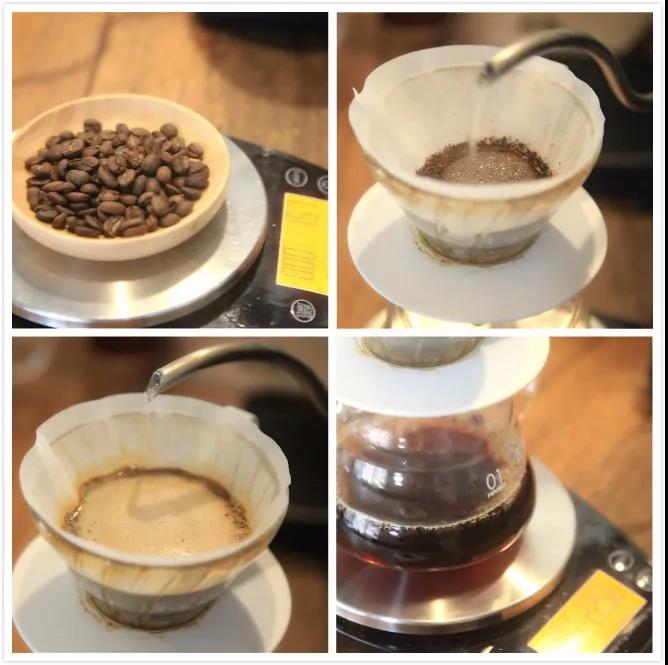
Qianjie coffee brewing is recommended:
Filter cup: Hario V60
Water temperature: 90 degrees
Degree of grinding: small Fuji 3.5
Cooking methods: the ratio of water to powder is 1:15, 15g powder, the first injection of 25g water, 25 s steaming, the second injection to 120g water cut off, waiting for the powder bed water to half and then water injection, slow water injection until 225g water, extraction time about 2:00
Analysis: using three-stage brewing to clarify the flavor of the front, middle and back of the coffee. Because V60 has many ribs and the drainage speed is fast, it can prolong the extraction time when the water is cut off.
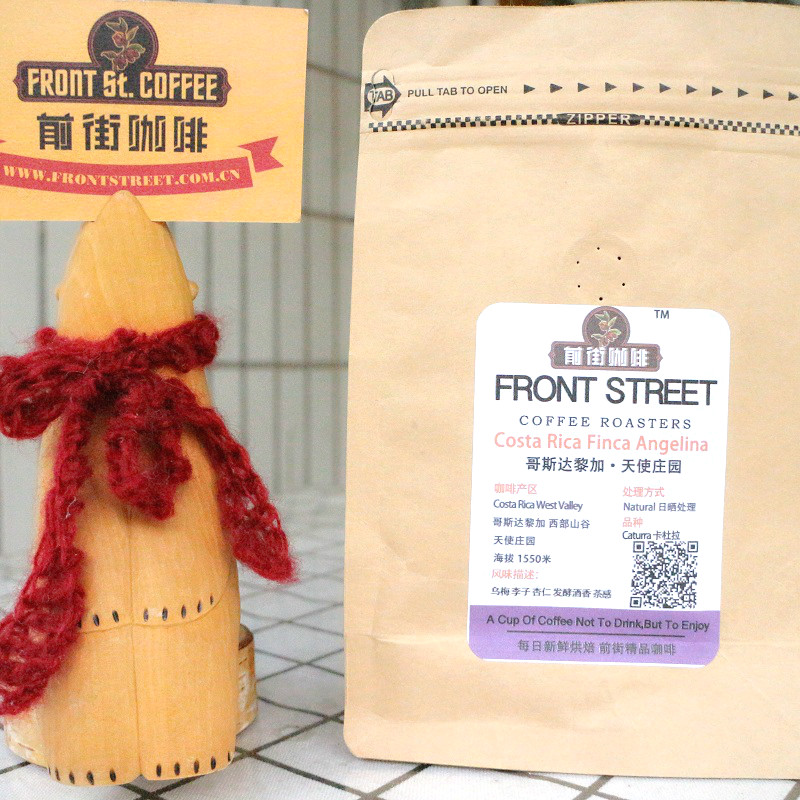
Purchase link: https://item.taobao.com/item.htm?spm=a1z10.3-c-s.w4002-15673140470.9.12781b50xJj5Wb&id=576875478379
Important Notice :
前街咖啡 FrontStreet Coffee has moved to new addredd:
FrontStreet Coffee Address: 315,Donghua East Road,GuangZhou
Tel:020 38364473
- Prev
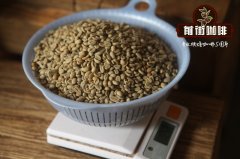
La Paz production area Opatoro in Honduras | Olive Manor Los Olivos | Chipmunk single water wash SHG
Professional coffee knowledge exchange more coffee bean information please follow the coffee workshop (Wechat official account cafe_style) Honduras La Paz production area Opatoro | Olive Manor Los Olivos | what is the flavor of chipmunk single-washed SHG iron truck? The original manor owner Don Roberto buys farms from different neighboring areas, and the acquired farms are named after the original manor owners! Because of
- Next
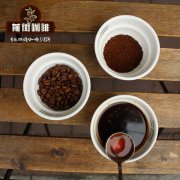
La Paz, La Paz District of Honduras | Finca Los Pinoskaduai SHG wind of Old Pine Manor
Professional coffee knowledge exchange more coffee bean information please follow the coffee workshop (Wechat official account cafe_style) La Paz District of Honduras La Paz | Old Pine Manor Finca Los Pinos Kaduai SHG flavor and brewing? Honduras National Victory 2017-Los Pinoskaduai, Abel Mejia, Old Pine Manor from La Paz, La Paz
Related
- Detailed explanation of Jadeite planting Land in Panamanian Jadeite Manor introduction to the grading system of Jadeite competitive bidding, Red bid, Green bid and Rose Summer
- Story of Coffee planting in Brenka region of Costa Rica Stonehenge Manor anaerobic heavy honey treatment of flavor mouth
- What's on the barrel of Blue Mountain Coffee beans?
- Can American coffee also pull flowers? How to use hot American style to pull out a good-looking pattern?
- Can you make a cold extract with coffee beans? What is the right proportion for cold-extracted coffee formula?
- Indonesian PWN Gold Mandrine Coffee Origin Features Flavor How to Chong? Mandolin coffee is American.
- A brief introduction to the flavor characteristics of Brazilian yellow bourbon coffee beans
- What is the effect of different water quality on the flavor of cold-extracted coffee? What kind of water is best for brewing coffee?
- Why do you think of Rose Summer whenever you mention Panamanian coffee?
- Introduction to the characteristics of authentic blue mountain coffee bean producing areas? What is the CIB Coffee Authority in Jamaica?

